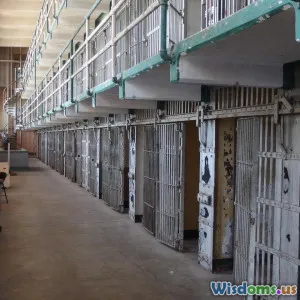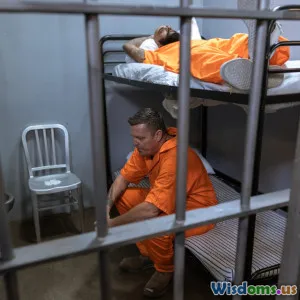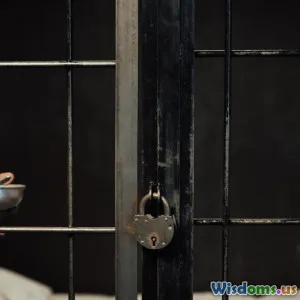
Inside Private vs Public Prisons Which Model Works Best
16 min read Explore the differences between private and public prisons and examine which model delivers better outcomes for society, inmates, and taxpayers. (0 Reviews)
Inside Private vs Public Prisons: Which Model Works Best?
For centuries, societies have tasked themselves with incarceration—balancing rehabilitation, punishment, and public safety. Modern debates reach a boiling point when weighing private and public prisons. The systems diverge in management, accountability, and ideology, but which delivers on society's expectations: humane treatment, security, cost-effectiveness, and successful reentry?
The Frameworks Explained: Private and Public Prisons
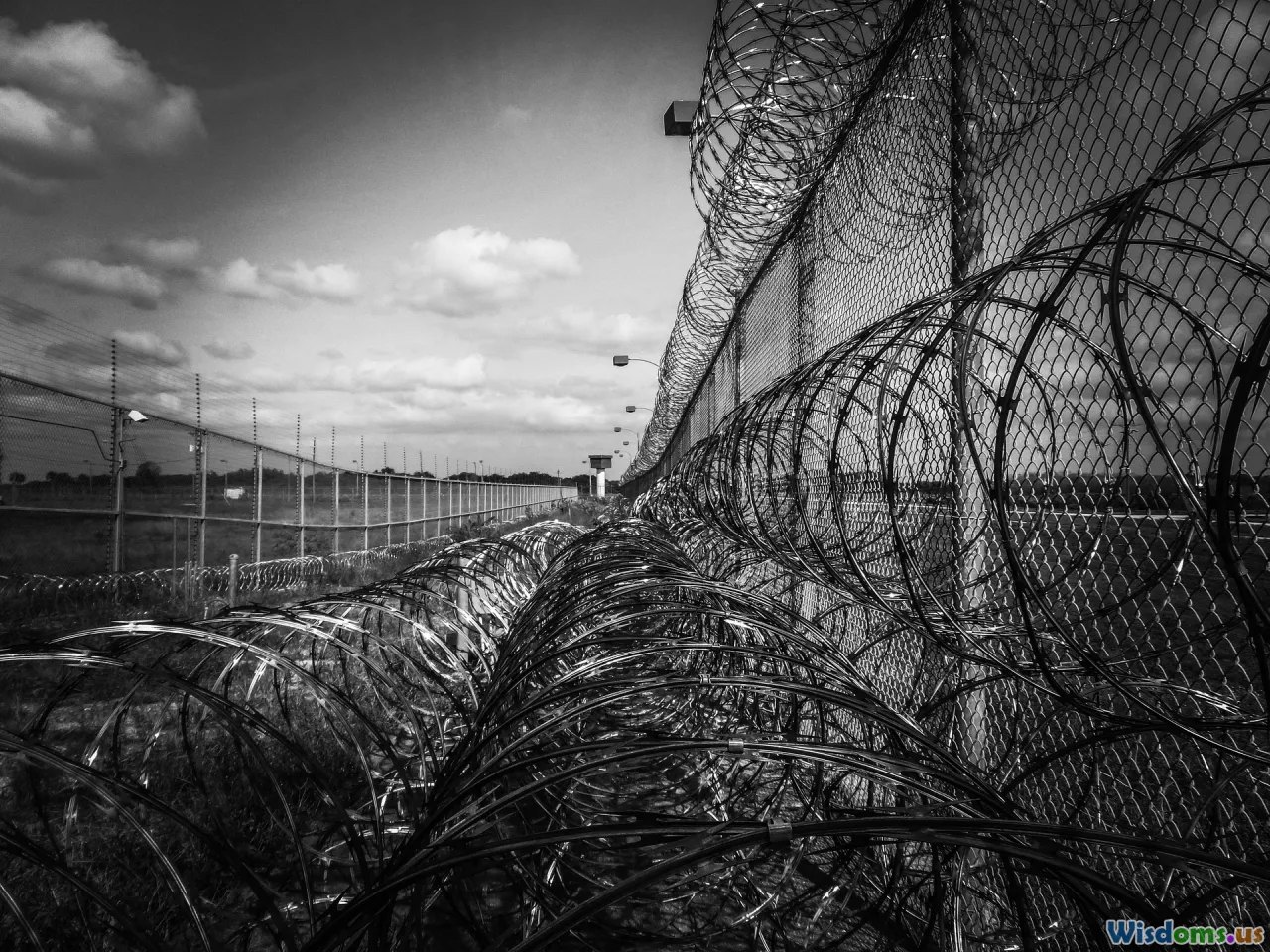
Public prisons have long symbolized the state’s power over justice, directly managed and funded by government agencies. In contrast, private prisons are run by for-profit corporations under contract with governments, driven by service agreements and cost stipulations. In the United States—the country with the highest incarceration rate—the expansion of private prisons in the 1980s and 90s, fueled by overcrowding and 'tough on crime' policies, sparked debates about efficacy and ethics. According to the Bureau of Justice Statistics, about 8% of all incarcerated individuals in the US were housed in private facilities as of 2022. Globally, private prisons also operate in countries like the UK and Australia.
The crux of the debate is not merely their operation, but whether the underlying incentives—public accountability versus private profit—meaningfully affect outcomes, cost, safety, and societal reintegration.
Follow the Money: Comparative Cost Structures

One justification for privatization is presumed cost savings for taxpayers. Private operators like CoreCivic and GEO Group argue they run leaner and deliver the same services at lower prices. Government contracts often stipulate cost-per-bed or per-inmate payments, with bonuses for efficiency and penalties for poor performance.
But how do the numbers stack up? A 2016 U.S. Department of Justice (DOJ) report found cost differences between private and federal public prisons generally narrowed when adjusted for comparable inmate profiles. Similarly, a 2020 review in Criminology & Public Policy found little evidence of systemic, multi-year cost savings from private management, especially after accounting for hidden expenses like government oversight and litigation.
Example: Arizona's publicly run Tucson Prison reported an annual per-inmate cost of $58.19 per day (2019); for similar private prisons in the state, the number was $54.90—just over 5% less. However, independent audits revealed that public prisons often housed higher-security or medical-needs inmates, which increased average costs.
In summary, while some administrative efficiencies exist, they are far less dramatic than advocates suggest. Costs often depend more on inmate demographics, contract details, and oversight intensity than the nature of the management.
Accountability and Oversight
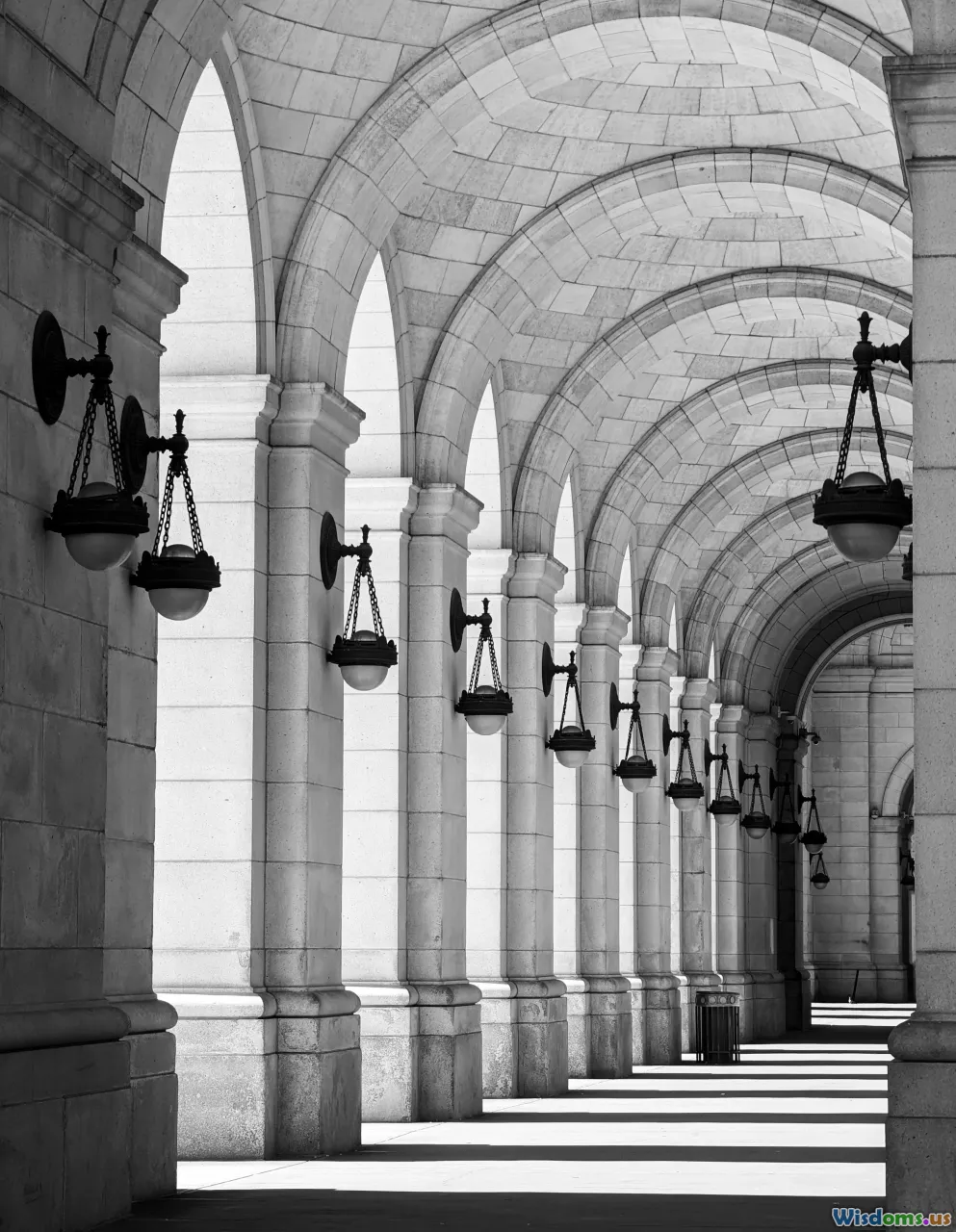
Accountability determines a prison’s responsiveness to issues: inadequate care, abuse, or mismanagement. Public prisons fall directly under state correctional agencies. Elected officials and citizens hold sway via transparency laws and oversight tribunals.
Private prisons, on the other hand, answer primarily to their contracts, shareholders, and regulatory audits. Whistleblowers and civil society have often flagged increased risks—underenforced standards, thin staffing, and tensions created by profit motives.
Case Example: In Idaho’s ‘Gladiator School’ controversy (2013), violence escalated at the state’s largest private prison, operated by Corrections Corporation of America. Multiple lawsuits and federal intervention revealed chronic staff shortages and systemic underreporting of assaults—potentially to preserve profit margins. Following exposés and investigation by The Idaho Statesman, the facility was eventually returned to state control.
Reform advocates argue that while government agencies can also suffer failures, public facilities are ultimately fixed and monitored in the public eye; private prison contracts can be terminated or shifted, but structural influence over company practices is less direct.
Quality of Care and Living Conditions
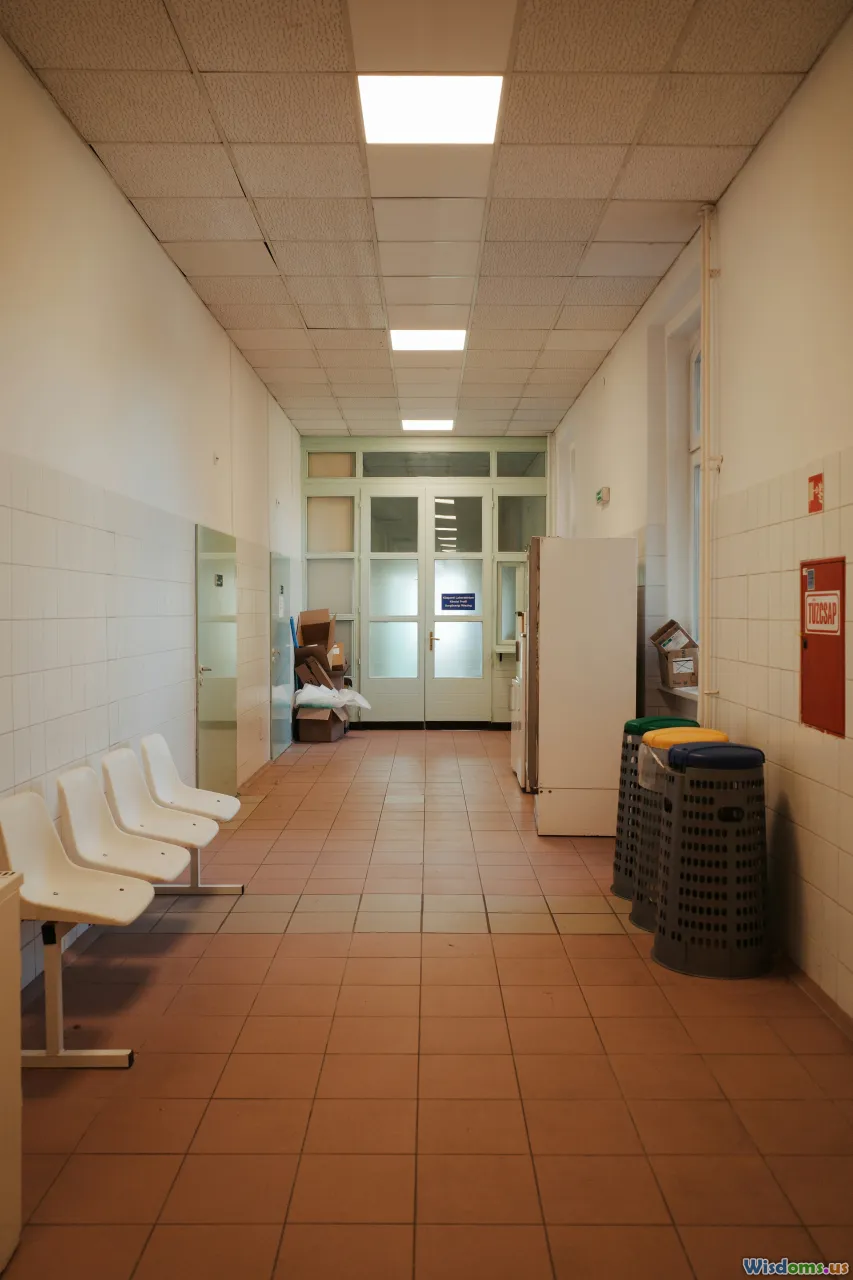
A progressive prison system extends beyond cost—it hinges on humane treatment, access to healthcare, and rehabilitative programming.
Healthcare: Investigations consistently reveal gaps in private prisons' medical care. A 2016 DOJ review documented that private detention facilities received more complaints and had a higher rate of staff medical vacancies. Mortality rates in some private U.S. prisons were notably higher than their public counterparts.
Programming: Rehabilitation and education services, such as GED courses, substance abuse counseling, and vocational training, fare no better. A 2017 NIJ report highlighted that inmates in private prisons attended significantly fewer educational programs on average (38% less) compared to those in public confinement.
Living Conditions: Inspections often reveal deficiencies in sanitation, maintenance, and security—especially in low-bid contracts. In Australia, for instance, scandals at Parklea and Arthur Gorrie Correctional Centres raised concerns over staff cuts and deteriorating conditions post-privatization. Comparative audits report higher rates of lockdowns and disciplinary incidents.
Less tangible, yet crucial, is the question of dignity and respect—a civil right all inmates hold. Here, direct accountability to the public (and its values) can translate into higher minimum standards than the cost-plus contract negotiation typical in the private sector.
Safety for Staff and Inmates
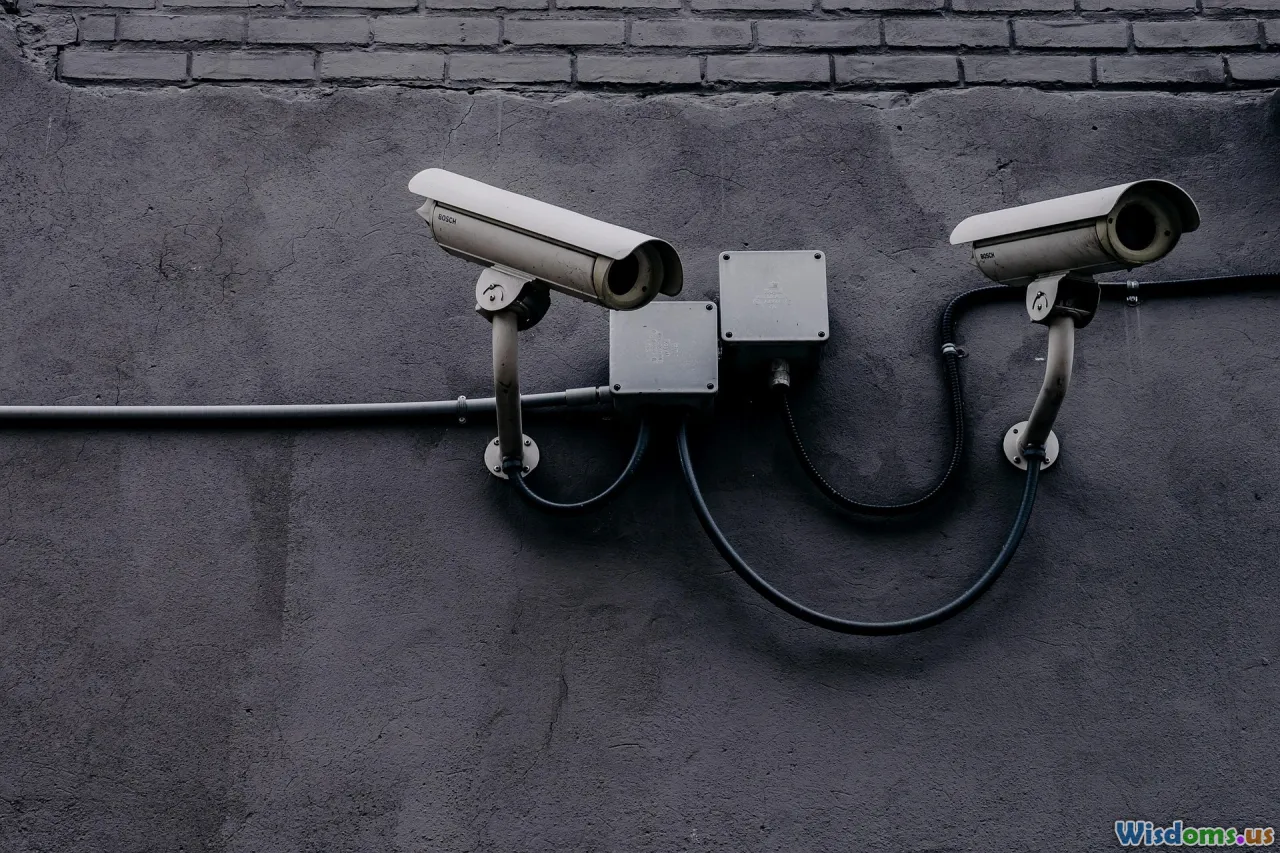
Security breaches, assaults, and riots remain the most visible benchmarks of prison efficacy. Proponents of private models cite flexible staffing and innovation, while critics counter that cost savings frequently manifest as staff shortages and undertraining.
Multiple studies point to a troubling correlation: private prisons experience higher rates of violence. According to a 2016 analysis by the U.S. Department of Justice, private facilities reported more incidents per 1,000 inmates than comparable public facilities—ranging from inmate-on-inmate assaults to staff injuries.
Example: Mississippi’s Walnut Grove facility, privately managed until 2016, became notorious for violence and sexual assault. Department of Justice investigations concluded "deliberate indifference" stemming from inexperienced and underpaid staff, culminating with the state terminating the contract.
On the flip side, public systems are also not immune; correctional environments are by nature difficult to manage, and underfunded public prisons can experience similar shortcomings.
Recidivism and Rehabilitation Outcomes

Ultimately, success is measured by what happens after release. A prison model succeeds not only by managing people within its walls, but also by supporting reintegration and reducing recidivism—the likelihood former inmates reoffend.
Evidence here is mixed, but most large-scale studies show no significant recidivism improvements in private over public facilities. In fact, some findings suggest marginally worse outcomes for private prison alumni, possibly due to less access to programming and support frameworks.
Notable Studies:
- A 2014 Rutgers University meta-analysis examining thousands of former inmates found nearly identical rates of reoffending (43% private, 45% public) after controlling for demographic factors.
- The Australian Institute of Criminology’s 2018 review concluded that private contracts prioritized occupancy and bed turnover over investing in long-term, individualized reintegration planning.
These modest gaps become significant when multiplying impact across thousands of individuals yearly—and spell broader challenges for communities and public safety.
Labor and Community Impact

Prison jobs are key economic engines for rural and underserved areas, and the labor practices of public and private providers differ markedly.
Private prison staff are often paid lower wages and receive less extensive benefits than their state-employed counterparts. A 2018 Prison Policy Initiative report documented staff turnover rates up to 50% higher in private U.S. prisons, often linked to lower compensation and high-stress working conditions.
There’s also the phenomenon of "prison towns," where local economies depend on prison employment. Privatization can bring an influx of jobs—but typically with less job security, fewer union protections, and volatile contract cycles compared to public management.
Example: In Ohio, the sale of the Lake Erie Correctional Institution to a private operator in 2012 led to 12% fewer staff and a decline in salary levels by 13% in the first two years after the transition, despite maintaining similar security demands.
Moreover, since private corporations are not bound by state hiring quotas relating to veteran or ex-offender employment, community benefits may be less consistent or inclusive. Public control offers more leverage to incorporate socio-economic policy goals into corrections hiring and administration.
Innovation, Flexibility, and Future Trends

Advocates for privatization tout adaptability: the ability to rapidly test new operational models, adopt technological innovations, or scale facilities up or down to meet demand. Some Australian and UK facilities, for example, introduced advanced surveillance and risk assessment systems, and piloted family visitation platforms led by private providers.
Yet, that same agility heightens the risks: with less scrutiny, experimental approaches may easily prioritize cost over rights, leading to ill-considered changes without broader stakeholder engagement.
Hybrid models are emerging. Some governments contract specific services—medical care, food, education, or electronic monitoring—to private providers while maintaining core compositional control. The UK's 'Payment by Results' model for rehabilitation links a share of provider compensation directly to reduced reoffending, driving innovation but tightly anchoring contracts to measurable social outcomes.
The future will likely see technology play a growing role—remote monitoring, data analytics, and virtual education—potentially delivered by both sectors, but public oversight remains crucial to prevent rights infringements and unchecked profit motives.
Navigating Ideology and Public Perception

Underpinning the private-public debate is a broader discussion about the purpose of incarceration. Is it merely punishment and cost-neutrality, or rehabilitation and societal improvement? These beliefs shape not just policy but recruitment, programming, and standard-setting.
In recent years, public pressure—especially after high-profile exposés—has prompted several governments to reconsider or withdraw from privatization experiments. In 2021, President Joe Biden signed an executive order phasing out federal contracts with private prisons for criminal incarceration (though not immigration detention), citing disproportionate safety and accountability problems. Similarly, Queensland, Australia voted to return two large private prisons to state management in 2019 after damning reports of neglect and violence.
Public opinion generally leans against for-profit corrections when given a choice. An ACLU poll in 2020 found 65% of Americans opposed government contracts with private prison firms, regardless of local cost claims. Transparency, moral concern, and faith in public mechanisms tend to sway sentiment.
Balancing justice, accountability, and societal outcomes in criminal justice is a task that defies one-size-fits-all solutions. Yet, as current research and comparative experience reveal, privatization rarely fulfills its promised cost savings while falling short in key areas of health care, safety, and rehabilitation. On metrics that matter most to the public—security, humane treatment, and successful reintegration—the public model remains more consistent, with stronger levers for oversight and change.
Reform must target root causes: overcrowding, underfunding, and law enforcement priorities. The debate is no longer whether new technology or management models can improve prisons, but what degree of public control is essential for justice to serve society—not profit or expedience. As nations continue to revise and refine their criminal justice systems, the question is rightly shifting from cost efficiency to who is best equipped—and most trustworthy—to oversee liberty’s deprivation.
Rate the Post
User Reviews
Popular Posts











